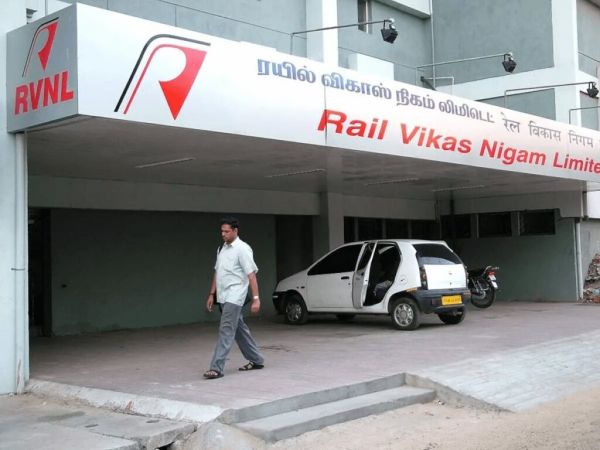Etihad Airways has launched a fleet-wide inspection of the fuel control switch locking mechanisms on its Boeing 787 Dreamliners, following early findings from the crash investigation of Air India Flight 171. The move comes as part of what the airline describes as an “abundance of caution” in light of potential safety concerns.
In a safety directive issued on July 12 and reviewed by NDTV, Etihad instructed its pilots to be extra careful when handling fuel control switches and urged engineers to inspect all 787s for possible faults in the locking systems. Specifically, engineers are to check whether the left and right fuel control switches can move from ‘RUN’ to ‘CUTOFF’ without lifting the locking mechanism. If so, the locking system is considered faulty and the Thrust Control Module (TCM) must be replaced.
The directive was prompted by the Aircraft Accident Investigation Bureau’s (AAIB) preliminary report on the June crash of Air India Flight AI171. That report revealed that both fuel control switches were accidentally flipped to the ‘CUTOFF’ position just seconds after takeoff, causing a total loss of engine thrust. Cockpit audio captured one pilot questioning the other, “Why did you cut off fuel?” The response: “I didn’t.”
Air India CEO Campbell Wilson addressed the report, stating that there were no mechanical or maintenance issues found with the aircraft or engines, and that all required safety checks—including pilot breathalyser tests—had been completed.
The incident has reignited attention to a 2018 advisory from the U.S. Federal Aviation Administration (FAA), which had warned Boeing 787 operators to examine their fuel switch locking mechanisms. While the FAA and Boeing maintain that the design is compliant and does not warrant a mandatory airworthiness directive, airlines like Etihad and Singapore Airlines have chosen to act proactively.
The FAA has reiterated its stance, confirming the current locking system functions as intended, and Boeing has issued similar guidance to carriers. Nonetheless, Etihad’s decision to conduct a full inspection reflects growing industry caution in the wake of the Air India investigation.










